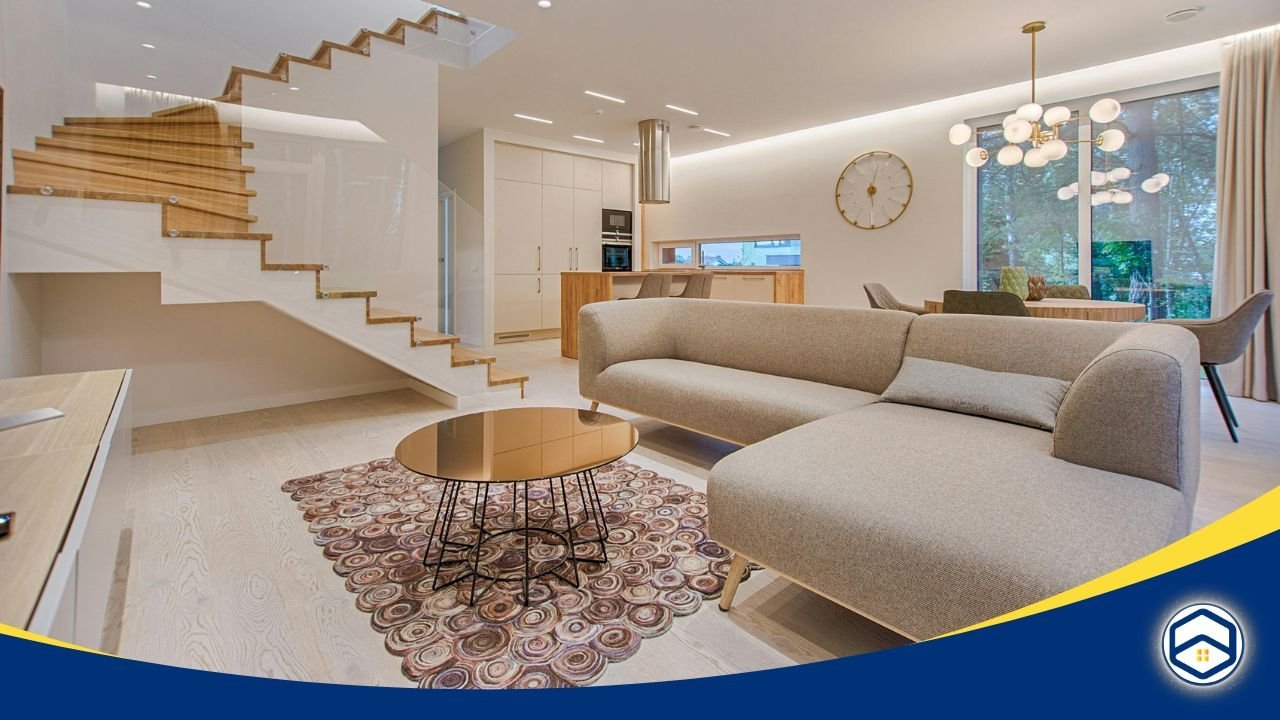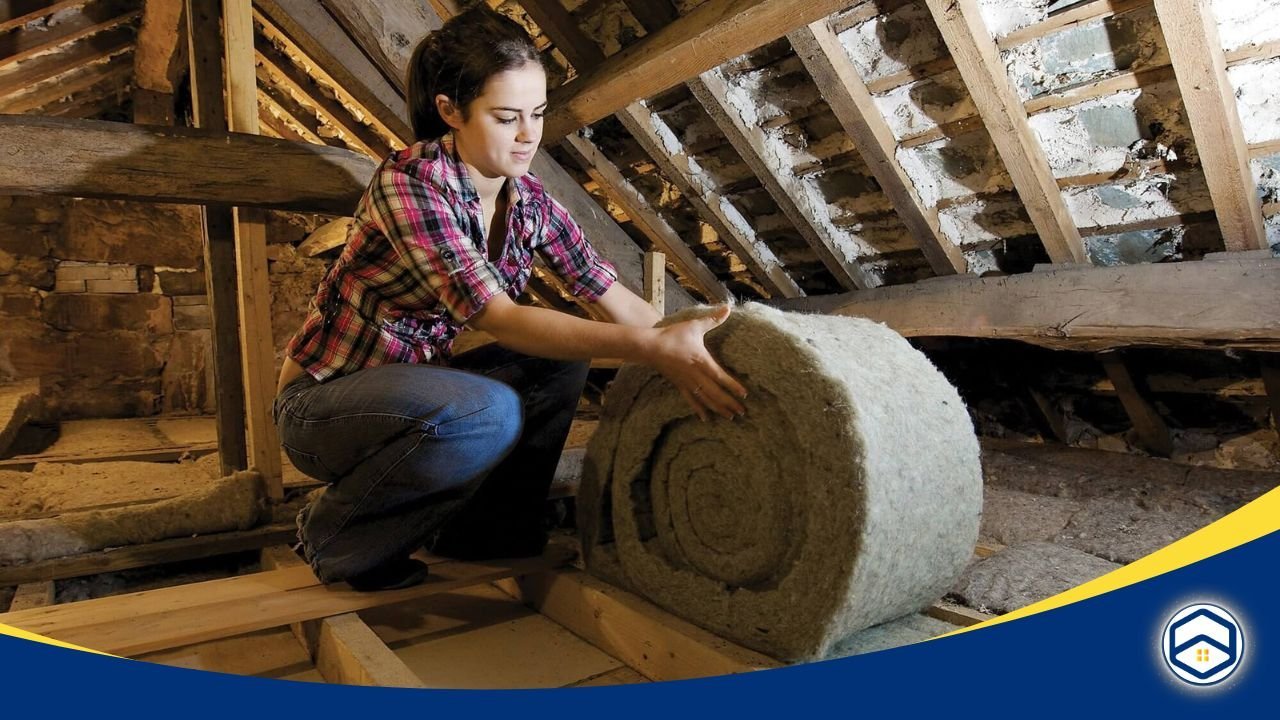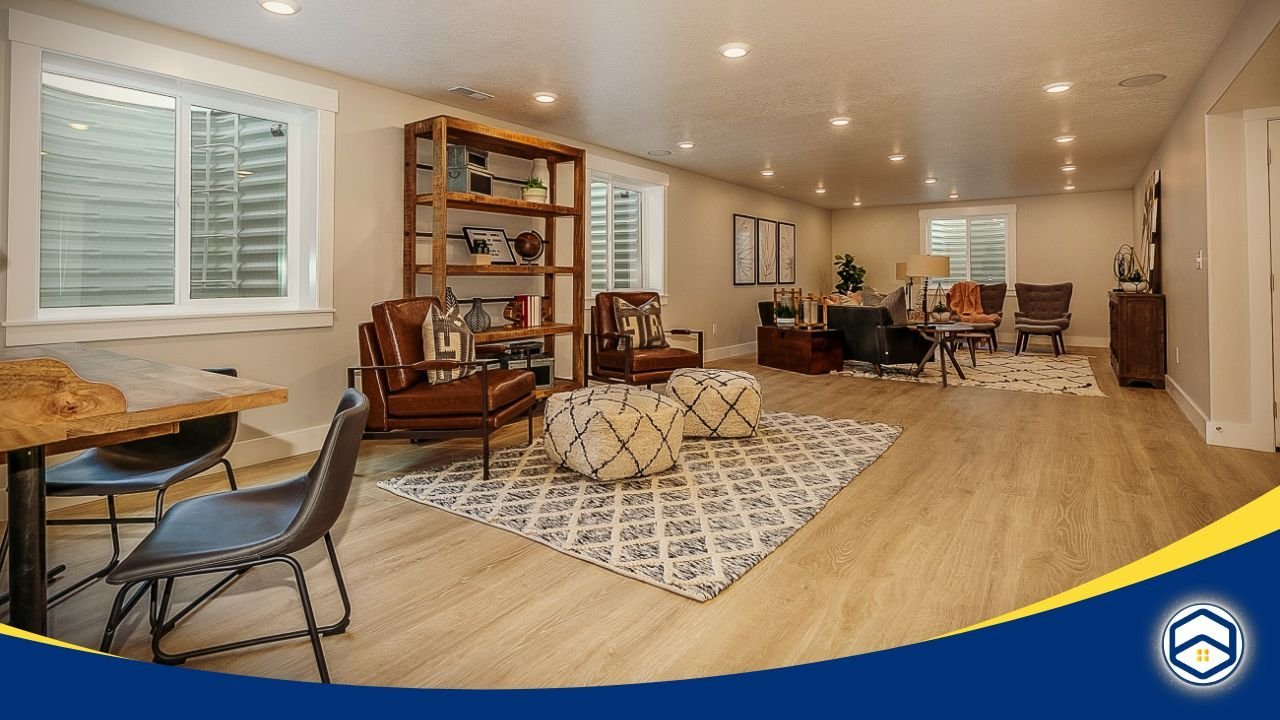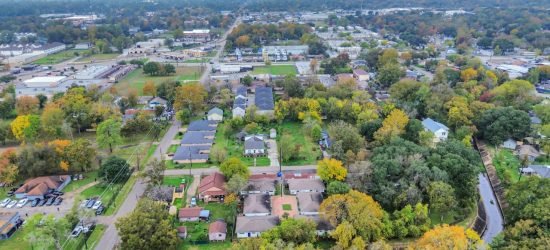Converting a basement into an apartment is a fantastic way to maximize the utility of your home while potentially generating rental income. This transformation, however, requires careful planning and execution to ensure that the space is functional, safe, and attractive. Here’s a comprehensive guide to help you navigate the process.
Benefits of Converting a Basement into an Apartment

- Additional Income: One of the primary advantages of converting a basement into an apartment is the potential for generating additional income. Renting out this space can provide a steady stream of revenue, helping to offset mortgage payments or other expenses. In some cases, the rental income can be substantial, particularly in areas with high demand for rental properties.
- Increased Property Value: A well-executed basement conversion into an apartment can dramatically increase the overall value of your property. By adding a livable space like an apartment, you’re effectively expanding the usable square footage of your home. This not only appeals to potential buyers in the future but also makes your property more attractive in the current market. Appraisers often recognize the added value of a basement apartment when assessing a property’s worth.
- Versatility: Beyond financial benefits, a basement apartment offers versatility in how you use your home. It can serve various purposes depending on your current needs. For instance, it could function as a guest suite when you have visitors, providing them with privacy and comfort. Alternatively, it can be utilized as a home office, offering a quiet and separate workspace away from the main living areas.
Key Steps in Converting a Basement into an Apartment
Shifting our focus from room-specific tips, let’s explore the essential steps to transform a basement into a cozy and practical apartment.

1. Check Local Regulations
Before beginning your project, check local regulations. Research local zoning laws and building codes to ensure compliance. Some areas have strict regulations regarding converting a basement into an apartment, including:
- Egress Requirements: Many municipalities mandate specific egress requirements to ensure safe evacuation in emergencies. This often involves the installation of windows or doors that meet size, accessibility, and safety criteria.
- Ceiling Height: Minimum ceiling height standards are typically enforced to ensure habitable living spaces. These standards aim to provide adequate headroom for comfort and safety.
- Ventilation and Light: Local regulations commonly stipulate standards for natural light and air circulation within habitable spaces. These measures are essential for maintaining a healthy indoor environment and preventing issues such as mold growth.
2. Plan the Layout
Effective space planning is crucial when converting a basement into an apartment. Consider the following:
- Living Area: Design a spacious and inviting living area that accommodates seating for relaxation, entertainment options such as a television or gaming console, and ample storage solutions. Consider multifunctional furniture to maximize space utilization.
- Kitchen: Create a functional kitchen space equipped with essential appliances such as a refrigerator, stove/oven, and sink. Incorporate sufficient counter space for meal preparation and storage cabinets for cookware and pantry items. Ensure all installations comply with local plumbing codes to guarantee safe and efficient water supply and drainage.
- Bathroom: Ensure the bathroom layout is well-designed and fully equipped to meet the needs of the apartment’s occupants. Include fixtures such as a toilet, sink, and shower or bathtub, depending on available space and preferences. Proper ventilation and waterproofing are crucial to prevent moisture buildup and ensure long-term durability.
- Bedroom: Designate a private sleeping area that offers comfort and privacy. Consider incorporating built-in closets or storage solutions to optimize space and keep belongings organized. Adequate lighting and ventilation are essential for creating a comfortable and relaxing bedroom environment.
3. Address Moisture and Insulation

Basements are prone to dampness, which can lead to mold and mildew. Waterproofing the basement is essential. Here’s how:
- Seal Cracks: Begin by thoroughly inspecting the basement’s foundation for any cracks or gaps. Repairing these promptly with appropriate sealants or epoxies prevents water seepage during heavy rains or snow melts, safeguarding the apartment from potential moisture issues.
- Install a Sump Pump: To mitigate flood risks, particularly in areas prone to groundwater infiltration or heavy precipitation, installing a sump pump is essential. This device collects excess water and pumps it away from the foundation, reducing the likelihood of basement flooding and water damage.
- Insulation: Proper insulation plays a vital role in maintaining a consistent indoor temperature and controlling moisture levels. Opt for moisture-resistant insulation materials such as closed-cell foam or fiberglass with vapor barriers. Insulate exterior walls, floors, and ceilings to prevent heat loss and condensation buildup, crucial for ensuring the basement remains warm, dry, and comfortable year-round.
4. Electrical and Plumbing Systems
Ensure that the basement apartment has adequate electrical and plumbing systems:
- Electrical: When converting a basement into an apartment, it’s crucial to evaluate the existing electrical panel to determine its capacity for handling the increased load. If necessary, upgrade the panel to accommodate additional circuits for appliances, lighting, and outlets. Ensure all electrical work is performed by a licensed electrician to meet safety standards. Install sufficient outlets strategically throughout the apartment to support modern living needs, including areas for entertainment setups and electronic devices. Adequate lighting fixtures should be installed to provide ample illumination in each room, enhancing both functionality and ambiance.
- Plumbing: Plan the water supply and drainage systems meticulously for the kitchen and bathroom areas. Consult local plumbing codes to ensure compliance with requirements for fixture placement, pipe sizing, and venting. Proper planning includes determining the optimal location for sinks, faucets, toilets, showers, and bathtubs based on the basement’s layout and structural considerations. Consider installing energy-efficient fixtures and appliances to minimize water usage and utility costs.
5. Heating and Ventilation
Proper heating and ventilation are critical for a comfortable living environment, especially when converting a basement into an apartment:
- Heating: Evaluate the existing HVAC (Heating, Ventilation, and Air Conditioning) system to determine its capacity to adequately heat the basement apartment. Depending on the system’s capacity and the size of the basement, you may need to extend the existing system to include the basement area.
- Ventilation: Proper ventilation is essential to maintain good indoor air quality and prevent moisture-related issues such as mold and mildew growth. Implementing effective ventilation strategies ensures adequate air circulation and moisture control in the basement apartment. Consider installing exhaust fans in the kitchen and bathroom areas to remove odors, excess humidity, and airborne pollutants.
6. Design and Decor

Create a welcoming and stylish apartment with thoughtful design and decor choices, especially when converting a basement into an apartment:
- Light Colors: Opt for light-colored paints and finishes on walls, ceilings, and furnishings when converting a basement into an apartment. Light colors such as soft neutrals, pastels, or whites help reflect natural and artificial light, making the basement apartment feel more spacious and inviting. This can be particularly beneficial in basements where natural light may be limited. Consider using a consistent color palette throughout the apartment to create a cohesive and airy atmosphere.
- Open Layout: Maximize the perceived space by adopting an open layout design when converting a basement into an apartment. Open floor plans eliminate unnecessary walls and barriers, allowing for seamless flow between different functional areas of the apartment. This approach not only enhances visual spaciousness but also promotes flexibility in furniture arrangement. Use multifunctional furniture pieces such as storage ottomans, sofa beds, or folding tables to optimize space usage and accommodate various living needs.
- Storage Solutions: Incorporate efficient storage solutions to maintain an organized living environment when converting a basement into an apartment. Built-in storage options such as shelving units, cabinets, and closets can be tailored to fit specific dimensions and utilize otherwise unused wall space. Consider incorporating under-stair storage, built-in bookcases, or overhead cabinets in the kitchen and bathroom areas. Utilizing vertical space effectively helps reduce clutter and enhances the functionality of the apartment.
Common Mistakes to Avoid

- Neglecting Permits and Inspections: Skipping necessary permits and inspections can lead to legal issues and safety hazards, especially when converting a basement into an apartment.
- Ignoring Moisture Problems: Failing to address moisture issues in the basement can result in mold growth, musty odors, and even structural damage over time. Ensure proper waterproofing and drainage systems are in place to keep the space dry and habitable.
- Poor Soundproofing: Inadequate soundproofing between the basement apartment and the main living areas can lead to noise disturbances and complaints from both residents. Consider using soundproofing materials during construction to minimize sound transmission and enhance privacy.
- Inadequate Lighting: Basements typically have limited natural light, which can make the space feel dark and uninviting. Incorporate plenty of artificial lighting sources such as recessed lighting, floor lamps, and task lighting to brighten up the apartment and create a comfortable living environment.
- Underestimating Costs: Renovating a basement into an apartment can be more expensive than anticipated, especially if unexpected issues arise during construction. Budget for contingencies and unexpected expenses to avoid financial strain and ensure the project stays within your financial means.
By avoiding these common pitfalls and carefully planning your basement apartment conversion, you can create a safe, comfortable, and legally compliant living space that adds value to your home.
Conclusion
Converting a basement into an apartment can be a rewarding project that enhances your home’s functionality and value. By following these steps and avoiding common mistakes, you can create a beautiful, comfortable, and code-compliant living space. Careful planning, attention to detail, and adherence to local regulations are key to a successful conversion.











